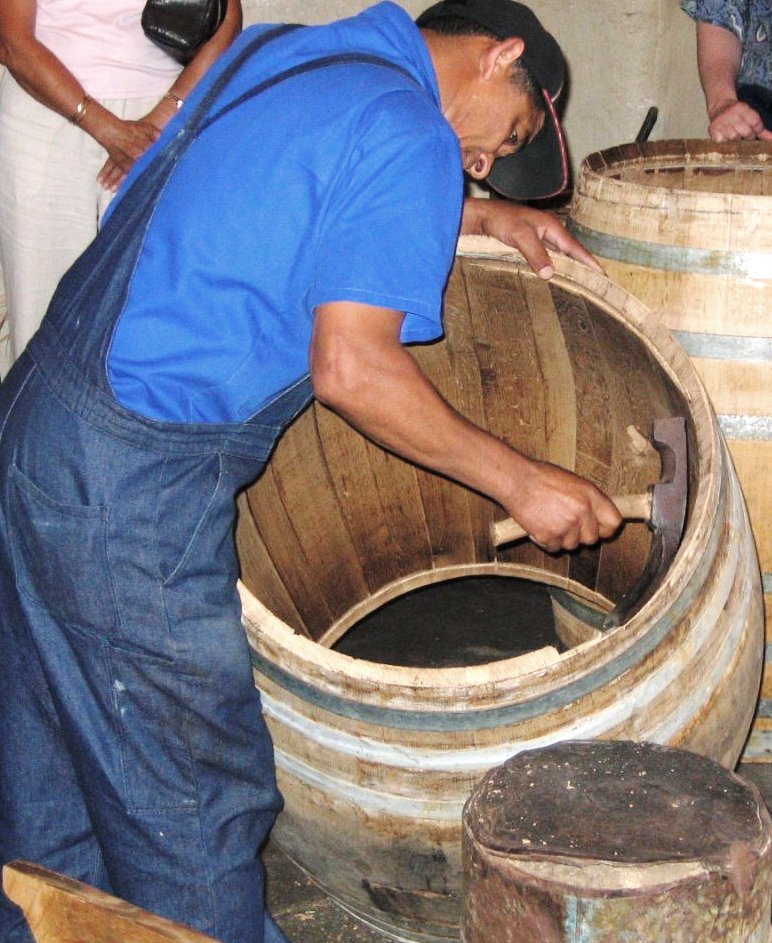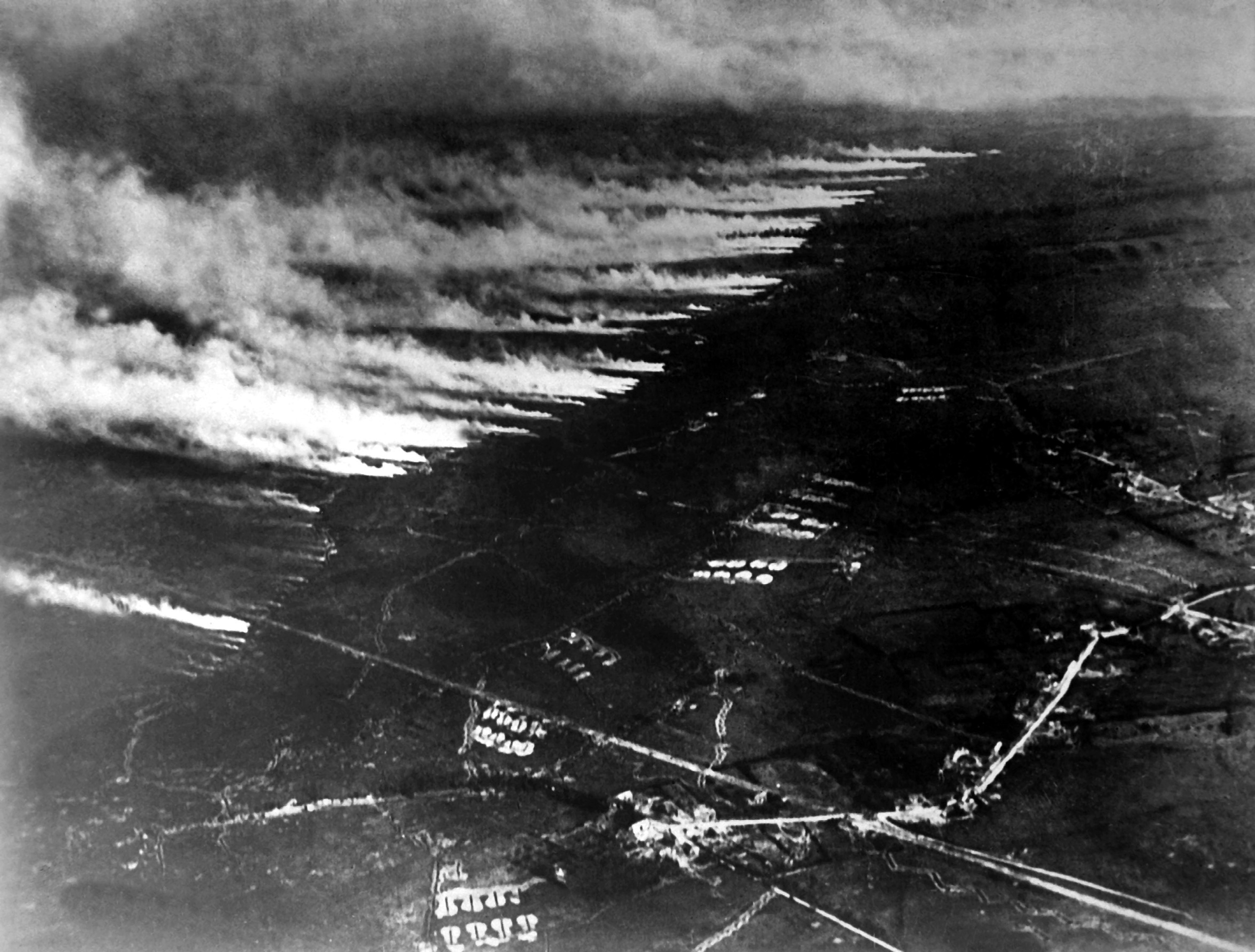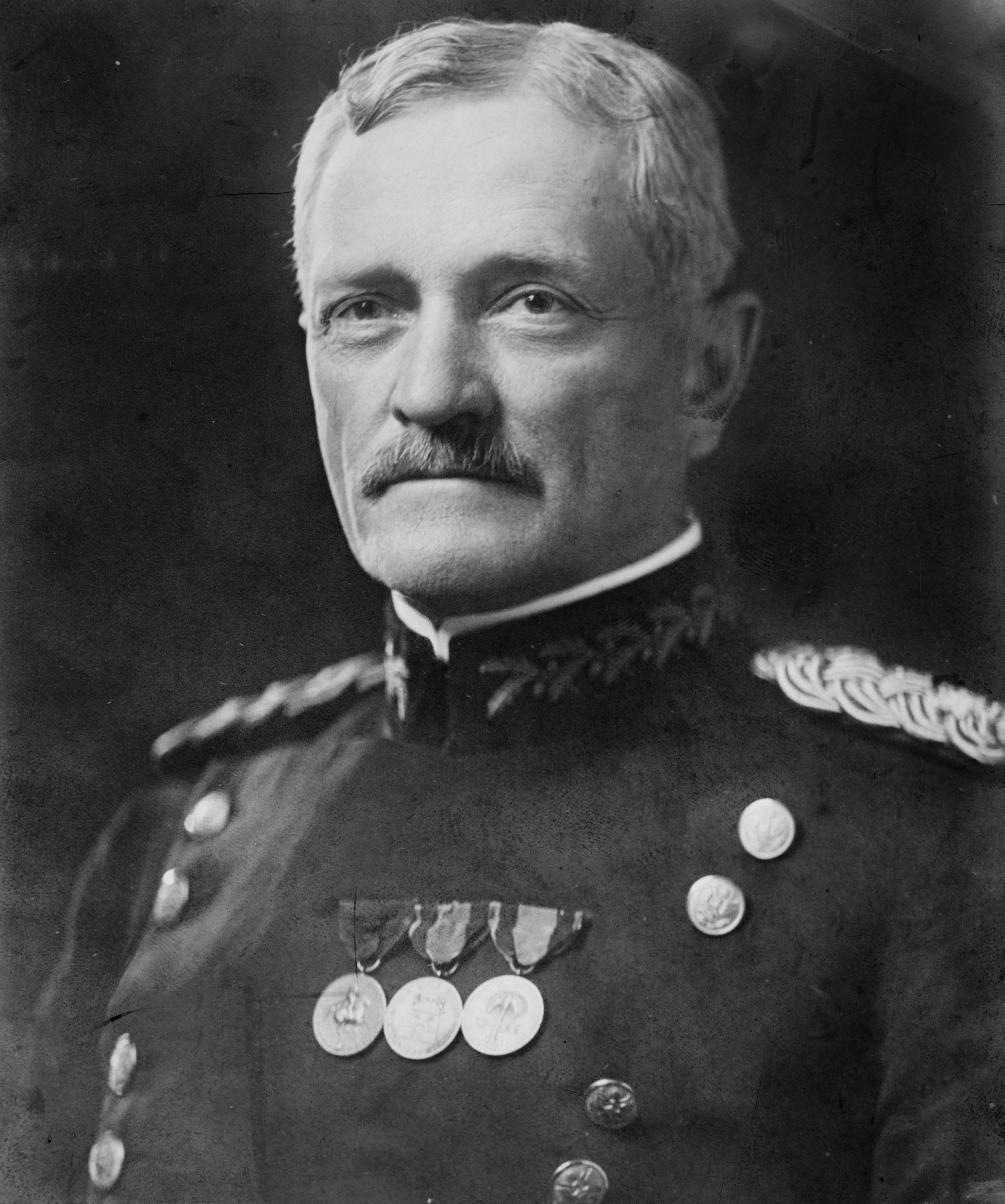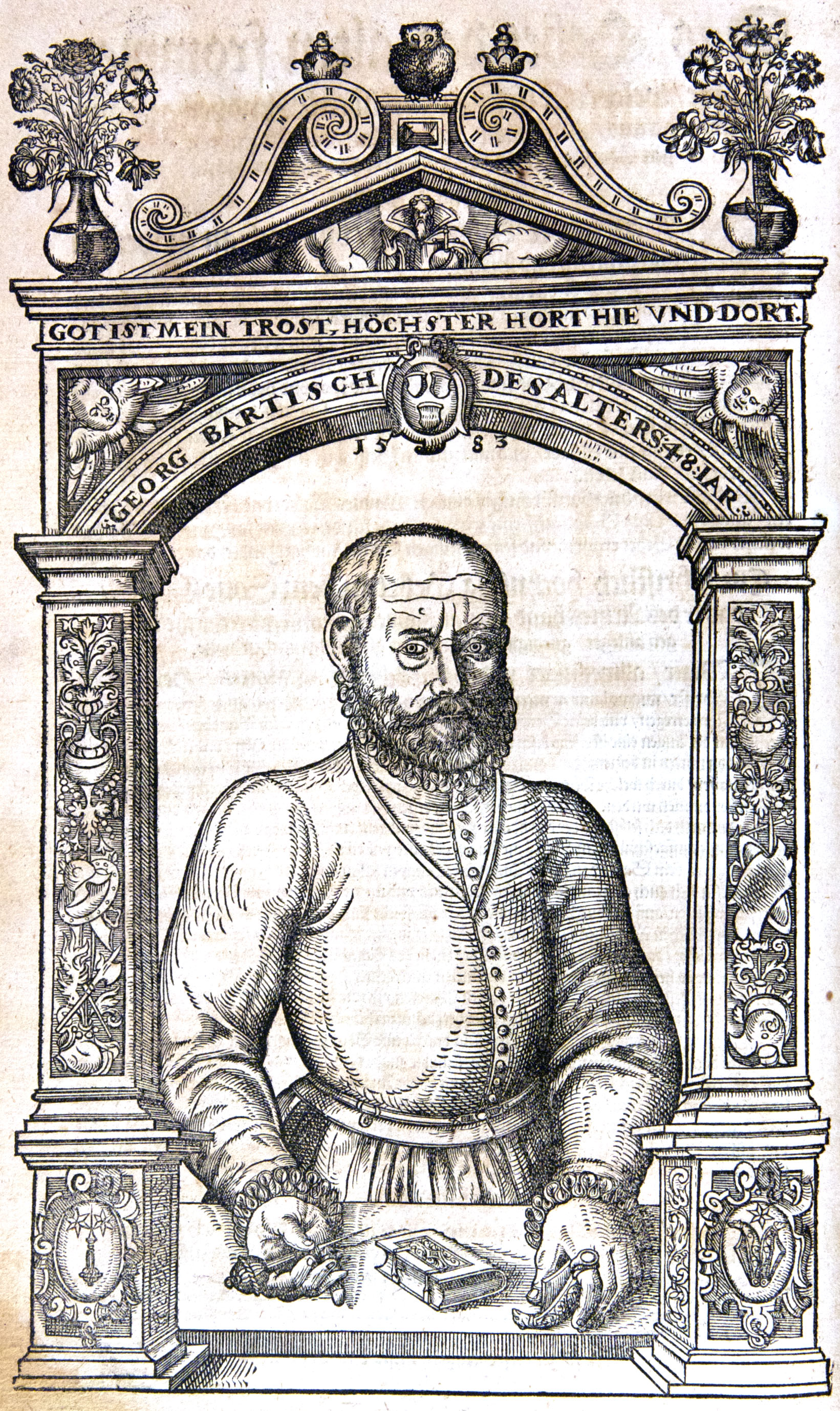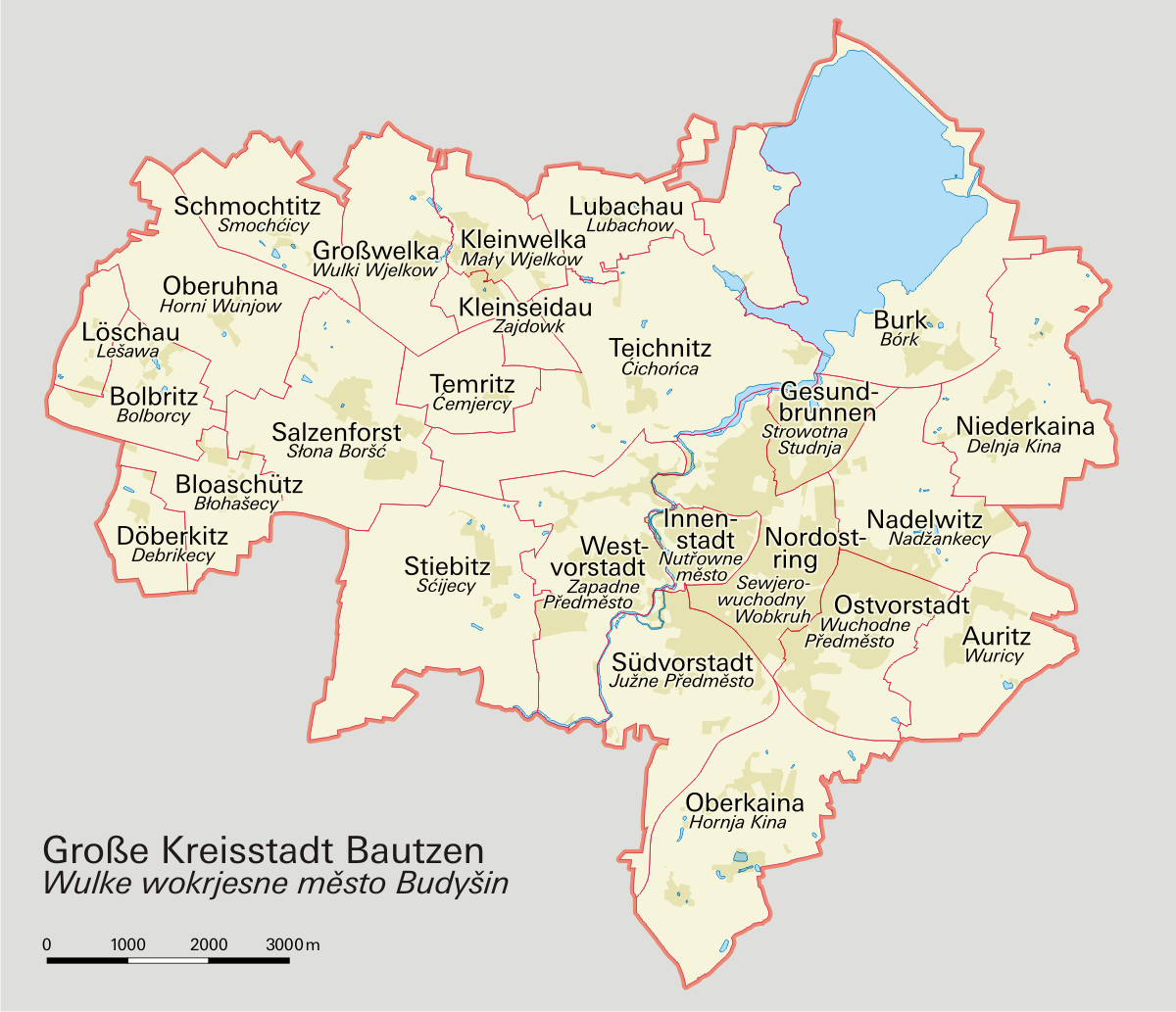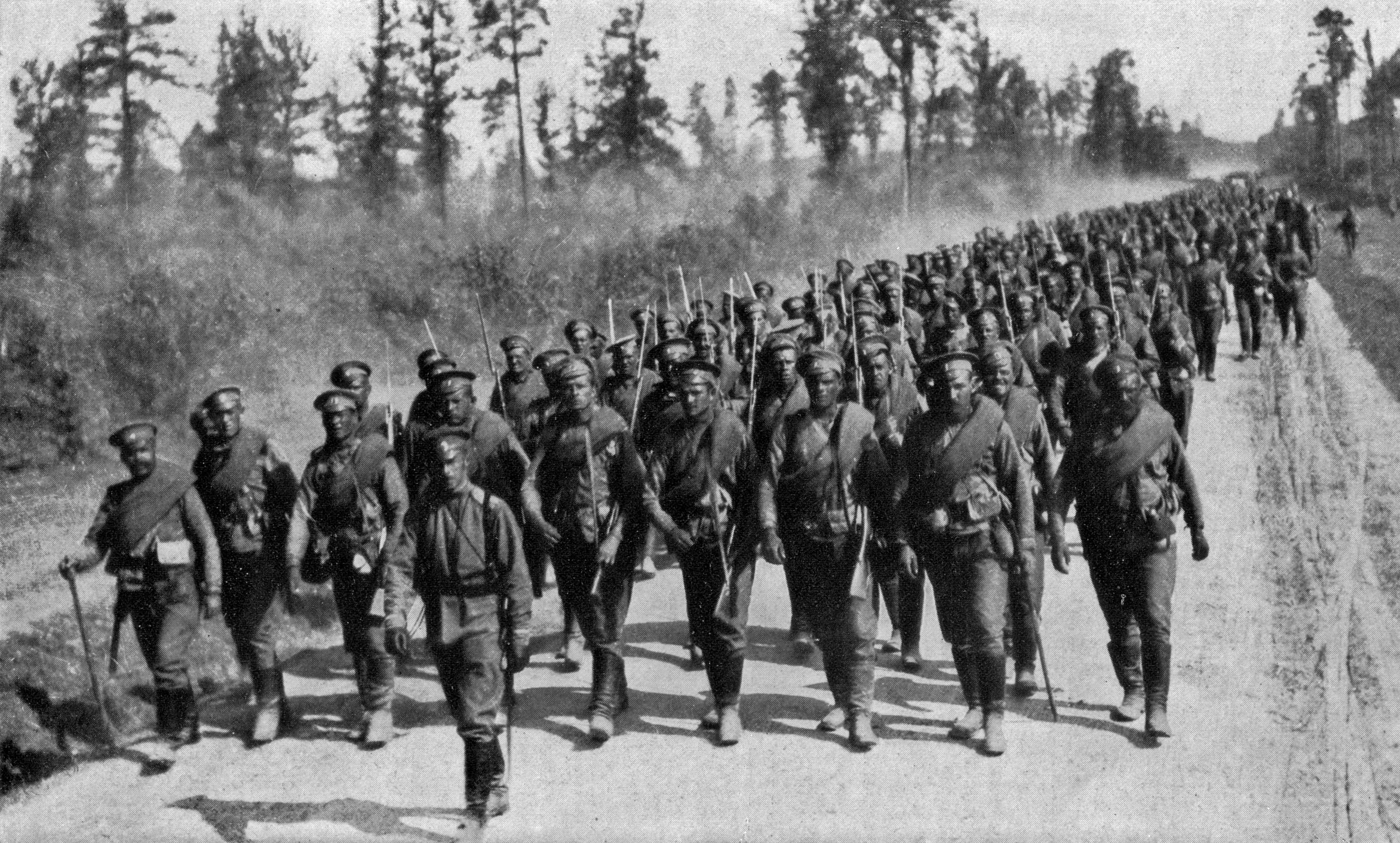|
Richard Hauptmann
Bruno Richard Hauptmann (November 26, 1899 – April 3, 1936) was a German-American carpenter who was convicted of the abduction and murder of Charles Augustus Lindbergh Jr., the 20-month-old son of aviator Charles Lindbergh and his wife Anne Morrow Lindbergh. The Lindbergh kidnapping became known as the " crime of the century". Both Hauptmann and his wife, Anna Hauptmann, proclaimed his innocence to his death, when he was executed in 1936 by electric chair at the Trenton State Prison. Anna later sued the State of New Jersey, various former police officers, the Hearst newspapers that had published pre-trial articles insisting on Hauptmann's guilt, and former prosecutor David T. Wilentz. Background Bruno Richard Hauptmann was born in Kamenz, a town near Dresden in the Kingdom of Saxony, which was a state of the German Empire. He was the youngest of five children. Neither he nor his family or friends used the name Bruno, although prosecutors in the Lindbergh kidnapping trial ins ... [...More Info...] [...Related Items...] OR: [Wikipedia] [Google] [Baidu] |
Kamenz
Kamenz () or Kamjenc ( Sorbian, ) is a town (''Große Kreisstadt'') in the district of Bautzen in Saxony, Germany. Until 2008 it was the administrative seat of Kamenz District. The town is known as the birthplace of the philosopher and poet Gotthold Ephraim Lessing and Bruno Hauptmann, convicted kidnapper of the Lindbergh baby. It lies north-east of the major city of Dresden. Geography This small town is located in the west of the Upper Lusatia historic region ( West Lusatia), about northeast of Dresden and about northwest of Bautzen. Situated on the Black Elster river, between the West Lusatian Hills and the Lusatian Highlands rising in the south, the town was built on greywacke and granite rocks which were mined here for centuries. Kamenz railway station is the terminus of Lübbenau–Kamenz and Kamenz–Pirna railway lines. It is served by ''Regionalbahn'' trains from Dresden Hauptbahnhof, operated by the Städtebahn Sachsen. The Hutberg hill west of the town centre, ... [...More Info...] [...Related Items...] OR: [Wikipedia] [Google] [Baidu] |
Dresden
Dresden (; ; Upper Saxon German, Upper Saxon: ''Dräsdn''; , ) is the capital city of the States of Germany, German state of Saxony and its second most populous city after Leipzig. It is the List of cities in Germany by population, 12th most populous city of Germany, the fourth largest by area (after Berlin, Hamburg, and Cologne), and the third-most populous city in the area of former East Germany, after Berlin and Leipzig. Dresden's urban area comprises the towns of Freital, Pirna, Radebeul, Meissen, Coswig, Saxony, Coswig, Radeberg, and Heidenau and has around 790,000 inhabitants. The Dresden metropolitan area has approximately 1.34 million inhabitants. Dresden is the second largest city on the River Elbe after Hamburg. Most of the city's population lives in the Dresden Basin, Elbe Valley, but a large, albeit very sparsely populated, area of the city east of the Elbe lies in the West Lusatian Hill Country and Uplands (the westernmost part of the Sudetes) and thus in Lusatia. ... [...More Info...] [...Related Items...] OR: [Wikipedia] [Google] [Baidu] |
Carpentry
Carpentry is a skilled trade and a craft in which the primary work performed is the cutting, shaping and installation of building materials during the construction of buildings, Shipbuilding, ships, timber bridges, concrete formwork, etc. Carpenters traditionally worked with natural wood and did rougher work such as framing, but today many other materials are also used and sometimes the finer trades of cabinetmaking and furniture building are considered carpentry. In the United States, 98.5% of carpenters are male, and it was the fourth most male-dominated occupation in the country in 1999. In 2006 in the United States, there were about 1.5 million carpentry positions. Carpenters are usually the first tradesmen on a job and the last to leave. Carpenters normally framed post-and-beam buildings until the end of the 19th century; now this old-fashioned carpentry is called timber framing. Carpenters learn this trade by being employed through an apprenticeship training—normally ... [...More Info...] [...Related Items...] OR: [Wikipedia] [Google] [Baidu] |
New York City
New York, often called New York City (NYC), is the most populous city in the United States, located at the southern tip of New York State on one of the world's largest natural harbors. The city comprises five boroughs, each coextensive with a respective county. The city is the geographical and demographic center of both the Northeast megalopolis and the New York metropolitan area, the largest metropolitan area in the United States by both population and urban area. New York is a global center of finance and commerce, culture, technology, entertainment and media, academics, and scientific output, the arts and fashion, and, as home to the headquarters of the United Nations, international diplomacy. With an estimated population in 2024 of 8,478,072 distributed over , the city is the most densely populated major city in the United States. New York City has more than double the population of Los Angeles, the nation's second-most populous city. [...More Info...] [...Related Items...] OR: [Wikipedia] [Google] [Baidu] |
Stowaway
A stowaway or clandestine traveller is a person who secretly boards a vehicle, such as a ship, an aircraft, a train, cargo truck or bus. Sometimes, the purpose is to get from one place to another without paying for transportation. In other cases, the goal is to enter another country without first obtaining a travel visa or other permission. Stowaways differ from people smuggling in that the stowaway needs to avoid detection by the truck driver, ship crew, and others responsible for the safe and secure operation of the transportation service. Thousands of stowaways have travelled by sea or land over the last several centuries. A much smaller number of people have attempted to stowaway on aircraft. Many stowaways have died during the attempt, especially in cases of train surfing and wheel-well stowaway flights. Origin The word takes its origin with the expression ''stow away''. This ''stow away'' expression is old and was used for things (such as food), such usage is seen ... [...More Info...] [...Related Items...] OR: [Wikipedia] [Google] [Baidu] |
Nebelschütz
Nebelschütz (German language, German) or Njebjelčicy (Upper Sorbian language, Upper Sorbian) is a Sorbian village in the Bautzen (district), district of Bautzen of Saxony in eastern Germany. It lies to the south-east of Kamenz. The municipality is part of the recognized Sorbian settlement area in Saxony. Upper Sorbian language, Upper Sorbian has an official status next to German, all villages bear names in both languages. In 2004, two thirds of the population spoke Sorbian.Walde, Martin: ''Demographisch-statistische Betrachtungen im Gemeindeverband "Am Klosterwasser".'' In: Lětopis 51 (2004), Heft 1 The town is dominated by the Baroque church of St Martin, which stands on high ground. Whilst mildly impressive from the outside the church is more noted for its magnificent interior. The church has a curious combination of both pulpit and altar, reflecting the Catholic dominance within the Sorbian area. History The village is first mentioned in 1304 in a document written in th ... [...More Info...] [...Related Items...] OR: [Wikipedia] [Google] [Baidu] |
Wiesa (Kamenz)
Wiesa (, ) is a locality in the town of Kamenz, Saxony. It is located in the southern part of town, south of the town centre, on the Black Elster in the district of Bautzen. It is a part of the officially recognized Sorbian settlement area The Sorbian settlement area ( , , ; in Brandenburg officially ''Siedlungsgebiet der Sorben/Wenden'') commonly makes reference to the area in the east of Saxony and the South of Brandenburg in which the West Slavs, West Slavic people of the Sorbs .... History Wiesa was founded in 1238. The main job was, as in many other rural communities, agriculture. In the 19th century, several quarries were created. In 1974, Wiesa was incorporated into the neighboring town of Kamenz. References {{authority control Former municipalities in Saxony Kamenz ... [...More Info...] [...Related Items...] OR: [Wikipedia] [Google] [Baidu] |
Chemical Weapons In World War I
The use of toxic chemicals as weapons dates back thousands of years, but the first large-scale use of chemical weapons was during World War I. They were primarily used to demoralize, injure, and kill entrenched defenders, against whom the indiscriminate and generally very slow-moving or static nature of gas clouds would be most effective. The types of weapons employed ranged from disabling chemicals, such as tear gas, to lethal agents like phosgene, chlorine, and mustard gas. These chemical weapons caused medical problems. This chemical warfare was a major component of the first global war and first total war of the 20th century. Gas attack left a strong psychological impact, and estimates go up to about 90,000 fatalities and a total of about 1.3 million casualties. However, this would amount to only 3-3.5% of overall casualties, and gas was unlike most other weapons of the period because it was possible to develop countermeasures, such as gas masks. In the later stages o ... [...More Info...] [...Related Items...] OR: [Wikipedia] [Google] [Baidu] |
Battle Of Saint-Mihiel
The Battle of Saint-Mihiel was a major World War I battle fought from 12 to 15 September 1918, involving the American Expeditionary Forces (AEF) and 110,000 French troops under the command of General John J. Pershing of the United States against German positions. The U.S. Army Air Service played a significant role in this action.Hanlon (1998)''History of War'' (2007) This battle marked the first use of the terms "D-Day" and " H-Hour" by the Americans. The attack at the Saint-Mihiel salient was part of a plan by Pershing in which he hoped that the Americans would break through the German lines and capture the fortified city of Metz. It was the first large offensive launched mainly by the United States Army in World War I, and the attack caught the Germans in the process of retreating. This meant that their artillery was out of place and the American attack, coming up against disorganized German forces, proved more successful than expected. The Saint-Mihiel attack establishe ... [...More Info...] [...Related Items...] OR: [Wikipedia] [Google] [Baidu] |
Königsbrück
Königsbrück (Upper Sorbian language, Upper Sorbian name: ''Kinspork'', ) is a town in the Bautzen (district), Bautzen district, in Saxony, in eastern Germany. It is situated west of Kamenz, and northeast of the Saxon capital Dresden. Königsbrück is known as the western gate of the historic Upper Lusatia region. History First mentioned in 1248 the settlement arose around a fortress in the Lands of the Bohemian Crown, Bohemian crown land of Upper Lusatia where the ''Via Regia'' trade route crossed the border with the Margraviate of Meissen. First mentioned as a town in 1331, Königsbrück from 1562 was the administrative centre of a Bohemian state country (''Freie Standesherrschaft''), which passed under the suzerainty of the Electorate of Saxony, Saxon Electorate according to the 1635 Peace of Prague (1635), Peace of Prague. One of two main routes connecting Warsaw and Dresden ran through the town in the 18th century and Kings Augustus II the Strong and Augustus III of Poland ... [...More Info...] [...Related Items...] OR: [Wikipedia] [Google] [Baidu] |
Bautzen
Bautzen () or Budyšin (), until 1868 ''Budissin'' in German, is a town in eastern Saxony, Germany, and the administrative centre of the Bautzen (district), district of Bautzen. It is located on the Spree (river), Spree river, is the eighth most populous town in Saxony, and is the seat of Saxony's Bautzen (district), largest district. Bautzen lies in the bilingual Sorbian settlement area ('':hsb:Serbski sydlenski rum, Serbski sydlenski rum'') of Lusatia, and is Lusatia's third-largest town after Cottbus and Görlitz, as well as the second-largest town in Upper Lusatia. The town lies in the hilly Upper Lusatian Gefilde (:hsb:Hornjołužiske hona, ''Hornjołužiske hona''), a part of the northwesternmost foothills of the Sudetes, just north of the Lusatian Highlands. Bautzen is the first larger town on the Spree River (), and the Bautzen Reservoir (:hsb:Budyska rěčna zawěra, ''Budyska rěčna zawěra'') lies in the north of the town. In 2021, Bautzen had a population of around 3 ... [...More Info...] [...Related Items...] OR: [Wikipedia] [Google] [Baidu] |
Eastern Front (World War I)
The Eastern Front or Eastern Theater, of World War I, was a theater (warfare), theater of operations that encompassed at its greatest extent the entire frontier between Russian Empire, Russia and Kingdom of Romania, Romania on one side and Austria-Hungary, Kingdom of Bulgaria, Bulgaria, the Ottoman Empire, and German Empire, Germany on the other. It ranged from the Baltic Sea in the north to the Black Sea in the south, involved most of Eastern Europe, and stretched deep into Central Europe. The term contrasts with the Western Front (World War I), Western Front, which was being fought in Belgium and French Third Republic, France. Unlike the static warfare on the Western Front, the fighting on the geographically larger Eastern Front was maneuver warfare, more dynamic, often involving the flanking and encirclement of entire formations, and resulted in over 100,000 square miles of territory becoming occupied by a foreign power. At the start of the war Russia launched offensives agai ... [...More Info...] [...Related Items...] OR: [Wikipedia] [Google] [Baidu] |


